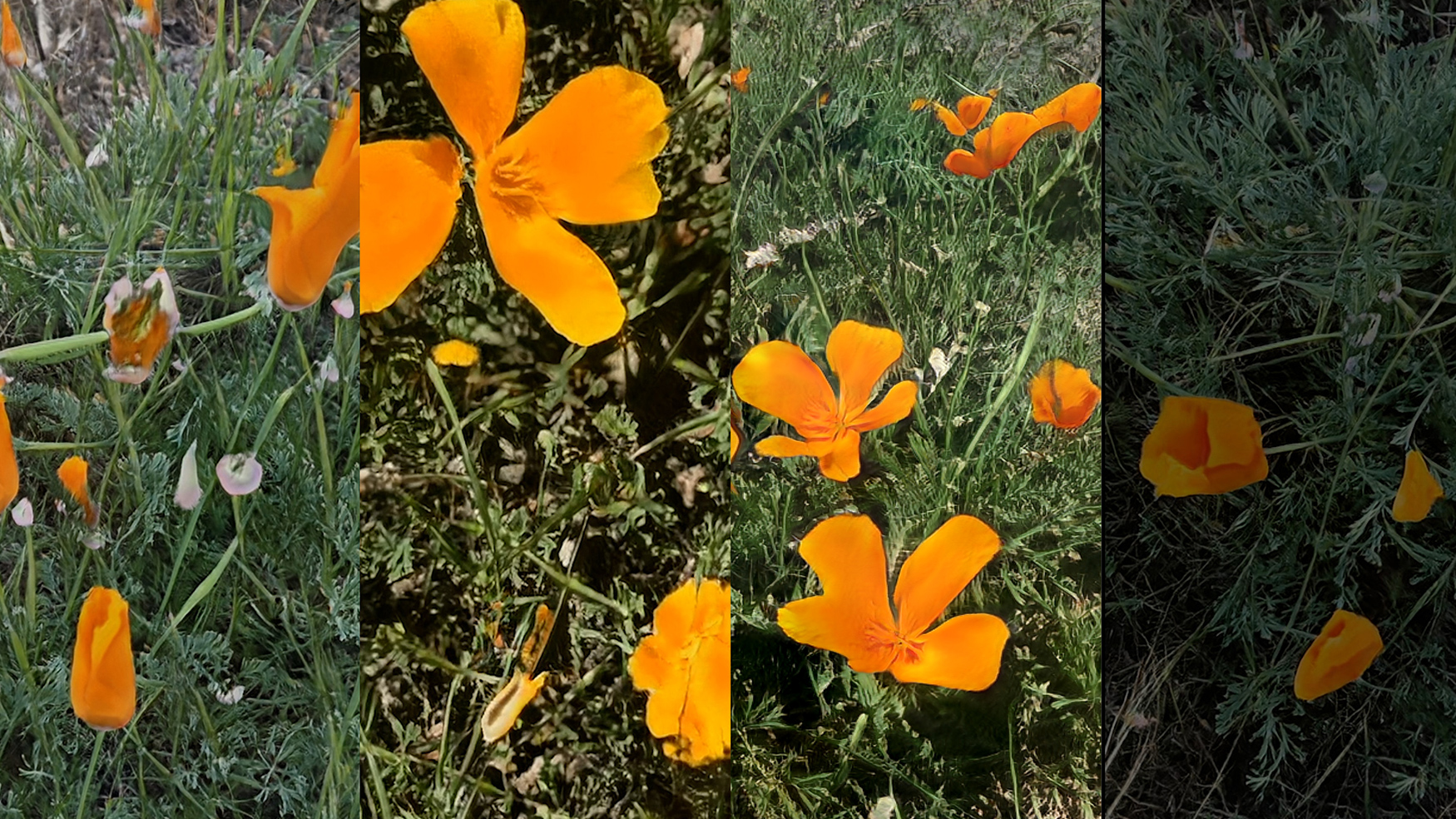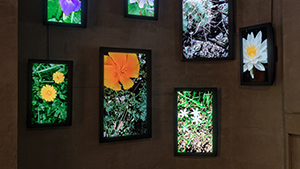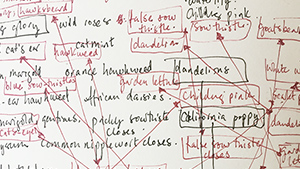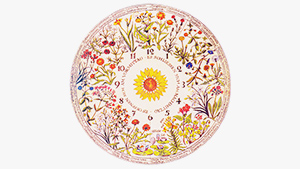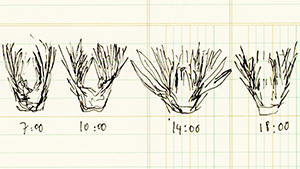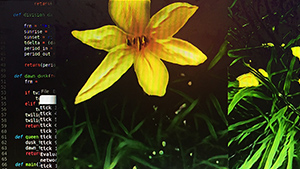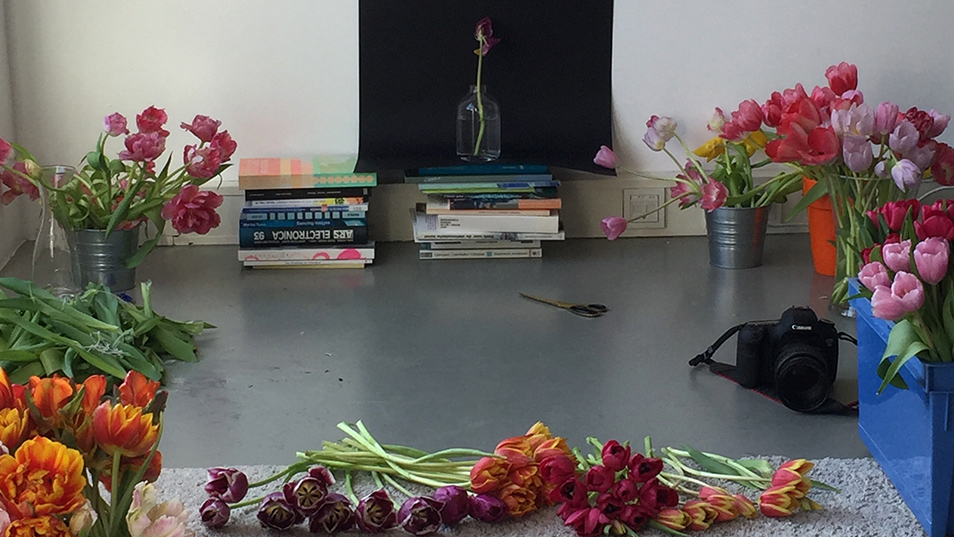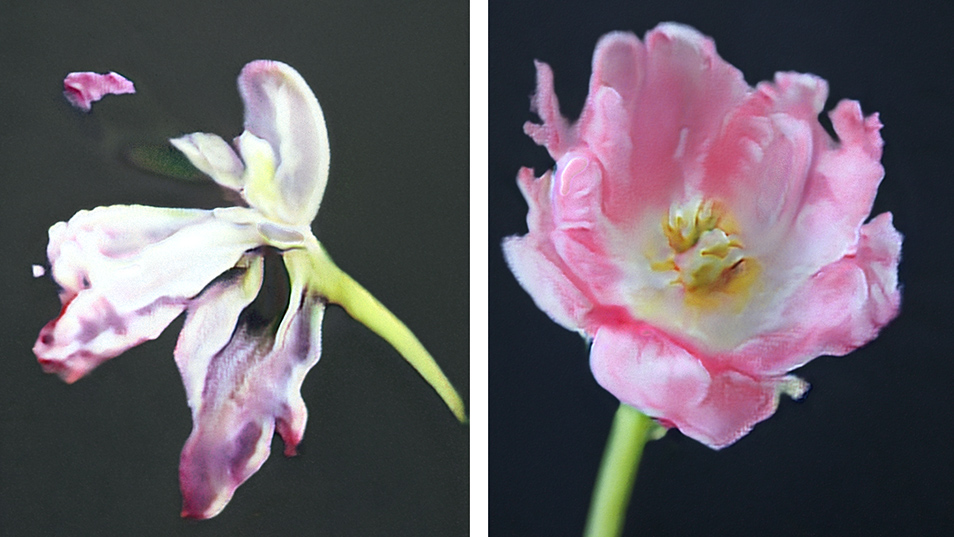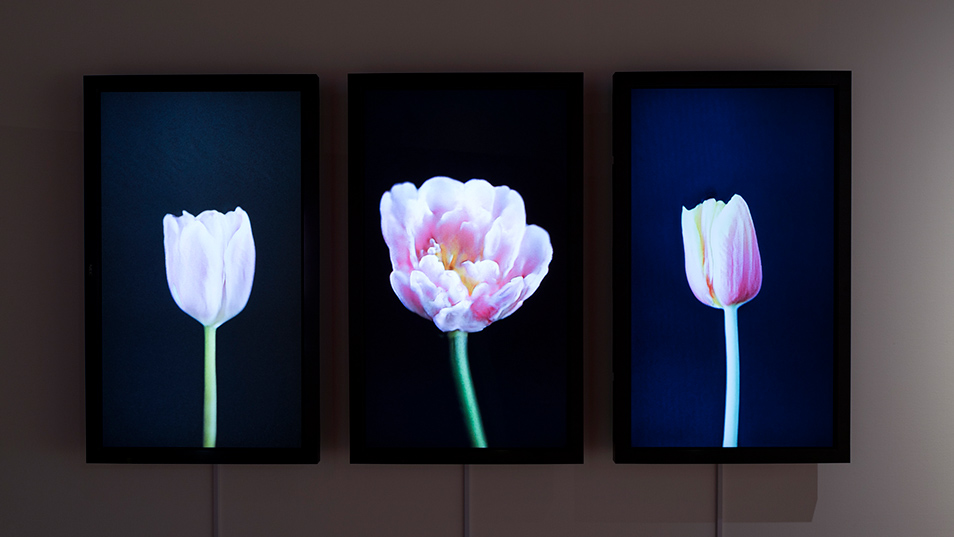Anna Ridler is an artist and researcher who works with systems of knowledge and how technologies are created in order to better understand the world. She is particularly interested in ideas around measurement and quantification and how this relates to the natural world. Her process often involves working with collections of information or data, particularly datasets, to create new and unusual narratives.
Ridler’s work has been exhibited at cultural institutions worldwide, including the Victoria and Albert Museum, the Barbican Centre, Centre Pompidou, HeK Basel, the ZKM Karlsruhe, Ars Electronica, Sheffield Documentary Festival, and the Leverhulme Centre for Future Intelligence. She was listed as one of the nine “pioneering artists” exploring AI’s creative potential by Artnet and received an honorary mention in the 2019 Ars Electronica Golden Nica award for the category AI & Life Art. She was also nominated for a “Beazley Designs of the Year” award in 2019 by the Design Museum for her work on datasets and categorisation.
Annaridler.com | Twitter | Instagram

